
Game Changer Decarbonizing the U.S. economy will require deploying renewable energy and natural climate solutions. And beyond that will come another big game changer: capturing carbon, storing it and utilizing it. © Byron Jorjorian

The science is clear—in order to stave off the most serious impacts of climate change, we will need to reach net zero emissions by 2050. But what does that mean, really? And what does that look like? As always, the devil is in the details.
Choosing Clean Energy
Catch the latest on Choosing Clean Energy, a campaign of The Nature Conservancy.
See the latest.To decarbonize the U.S. economy, we must significantly up the pace at which we deploy renewables for our energy needs. Nature will also play an important role. Up to a fifth of the emissions reductions we need in the U.S. can be achieved using natural climate solutions—land use practices that increase the amount of carbon stored in forests, wetlands and soils. While not exactly an easy task, these steps are fairly straightforward, and the transition is on its way in many places. As with any significant undertaking, the first strides are easiest and you can accomplish a great deal fairly quickly. The last mile, however, is often the most difficult portion of the journey.
Quote
Even after we have maximized the carbon sequestration possible from natural climate solutions, we will still need to clean up excess carbon remaining in the atmosphere.
Carbon Capture Utilization & Storage
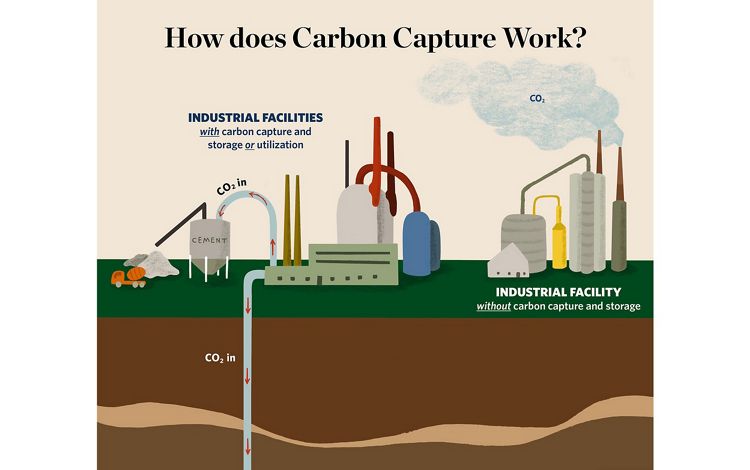

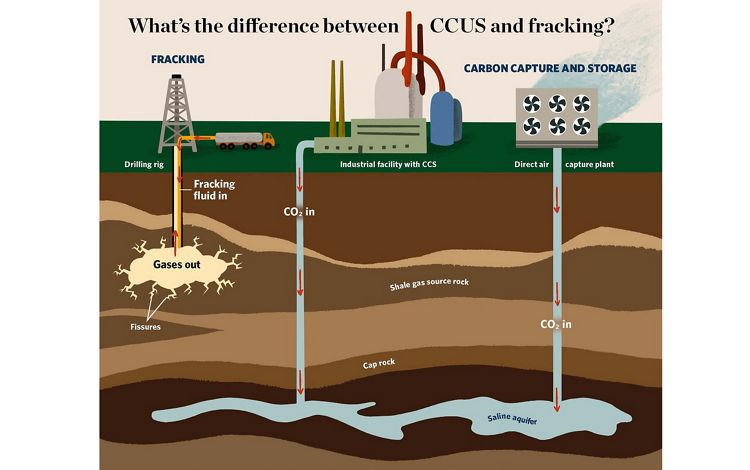
Even with a dramatic increase in renewables to power our economy, we will need additional carbon-free sources of energy. There will also be some carbon-emitting industrial practices that simply can’t be eliminated, like steel, cement and other heavy industrial production. And even after we have maximized the carbon sequestration possible from natural climate solutions, we will still need to clean up excess carbon remaining in the atmosphere.
Such tough challenges require technological innovation, and this is where carbon capture, utilization and storage (CCUS) comes into play. A study published in 2020 indicates that the strategies and economics that eliminate the last 10% of emissions from the utility industry are radically different from the initial 90%—and the main types of CCUS are among the key technologies that can get us that last 10%.
Carbon Capture Utilization & Storage
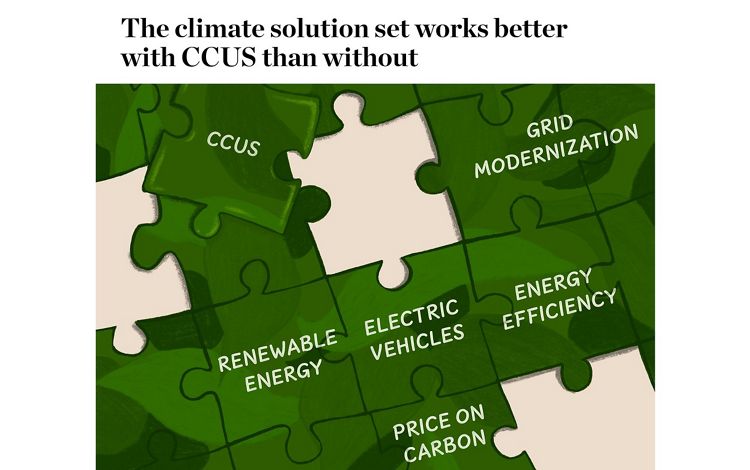
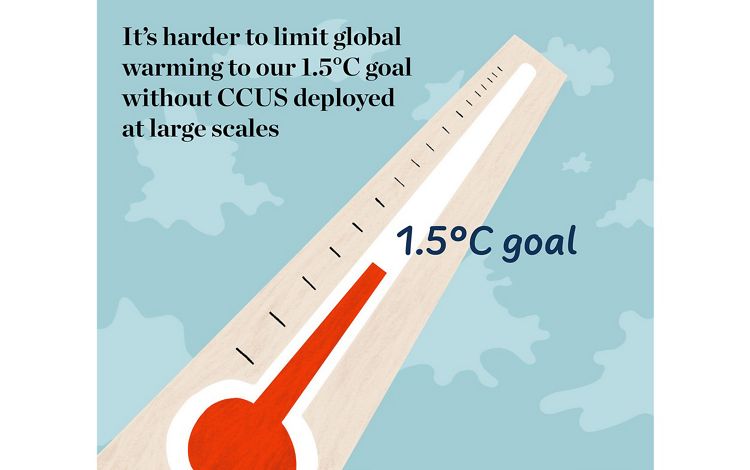
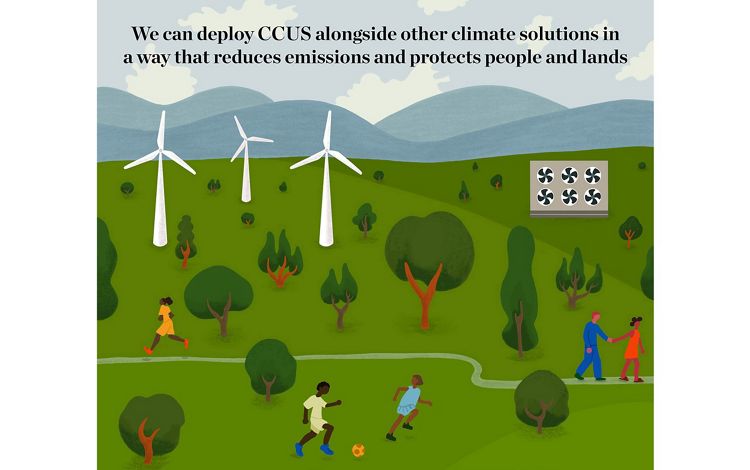
Ways to Capture and Utilize CO2
There are a few different types of CCUS technologies and processes, but they share some common features. Carbon dioxide is captured from an industrial facility, power plant, or directly from the air around us. The CO2 is concentrated into a liquid, transported to a suitable site for storage and pumped deep underground into a geologic formation consisting of a porous layer of rock filled with salty water which keeps the CO2 trapped underground permanently. Alternatively, the captured CO2 may be used in products such as concrete or liquid fuels. CCUS can be done safely and reliably when there are proper monitoring and verification protocols. Processes and policies to manage co-pollutants that many of these industries emit alongside CO2 are an important consideration as well, and need to be addressed.
Some of the technology has been around for several decades, and there are several successful operational projects around the world, but CCUS requires more research and support to reach its full potential. And it’s important that we realize the full potential of CCUS technology—because without it, we’ll find it difficult to smoothly transition many of the industries that are foundational to our economy as we strive to reach net zero emissions by 2050.
Carbon Capture: One of Many Tools with Benefits
Modeling by the International Energy Agency (IEA) and Intergovernmental Panel on Climate Change demonstrates the critical role that carbon capture technology must play in meeting global climate goals. In its analysis of scenarios for limiting warming to 2° Celsius, the IEA found that carbon capture contributes 20% of necessary emissions reductions annually by 2050, with nearly half those reductions from industrial processes that have no other cost-effective way to decarbonize. In other words, while it is certainly possible to reach net zero emissions by 2050 without carbon capture technology, with CCUS technology we can get there much more cost-effectively. CCUS will help the most carbon- and heat-intensive industries operate with little to no greenhouse gas emissions, which in turn will support jobs for workers within these energy intensive industries. In some instances, CCUS might end up being the only viable decarbonization alternative.
No Silver Bullet
As important as CCUS is to transition the US to a net zero emissions economy, it would be naïve to expect it to be some kind of “silver bullet.” Carbon capture technology cannot and should not be deployed indiscriminately. It is not cost-effective in all applications and cannot be sited just anywhere. Saline storage requires very specific rock formations that are not located in all regions of the country, and often new infrastructure is needed to move carbon dioxide from where it is captured to where it will be stored or used. Managing the cost or uncertainty surrounding its deployment makes some managers reluctant to adopt the technology. One of the reasons we need policies that support CCUS research and development is to reduce costs and prove its feasibility.
Quote
Carbon capture, utilization and storage is a valuable set of tools in the climate solutions toolbox, but it is one of many tools.
CCUS is a valuable set of tools in the climate solutions toolbox, but it is one of many tools. Policies to support CCUS can complement policies that can achieve broader emissions reductions, like a price on carbon, or investment in other clean energy technology. Like most tools, it is not for all purposes, but it is a necessary one in order to reduce our emissions on the timeline needed to stay below 1.5 degrees. Success depends on planning for how and where this piece of the puzzle is used, and that should begin now. It is a “last mile” solution that will help us to complete our journey to reach net zero at the moment when the gains become hardest to achieve. And for that, carbon capture, utilization and storage is a gamechanger.
Global Insights
Check out our latest thinking and real-world solutions to some of the most complex challenges facing people and the planet today.


